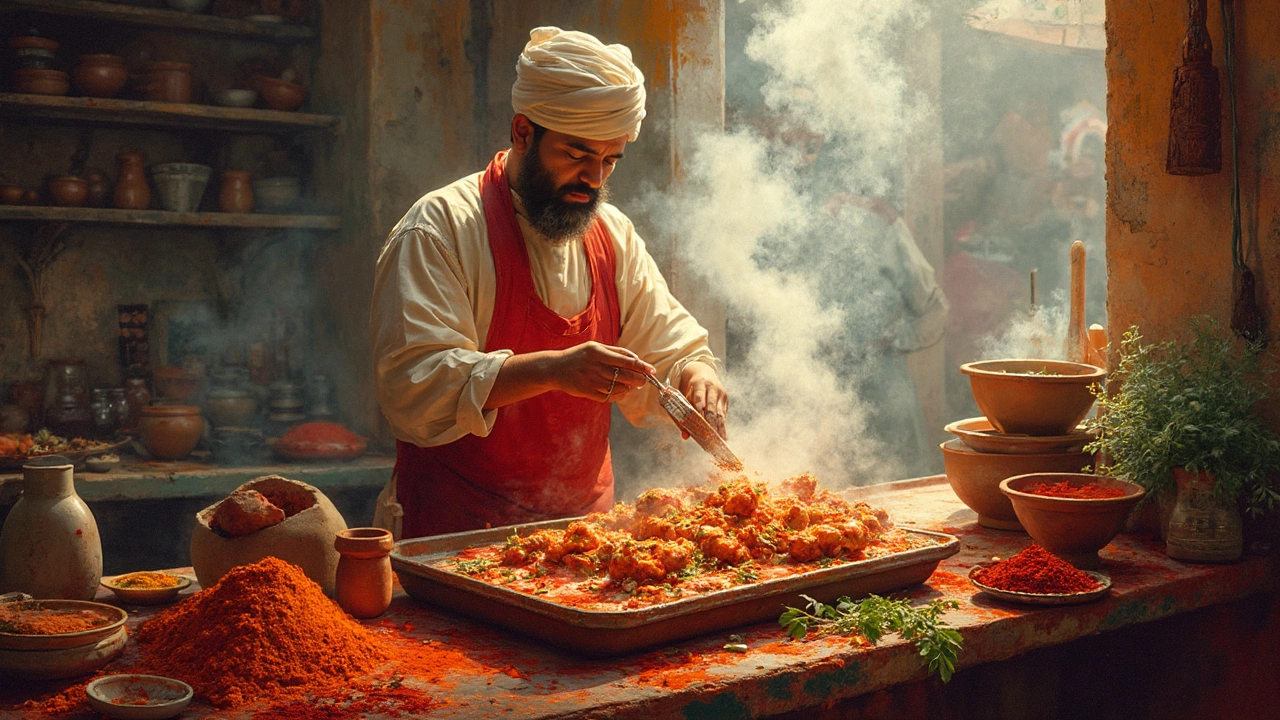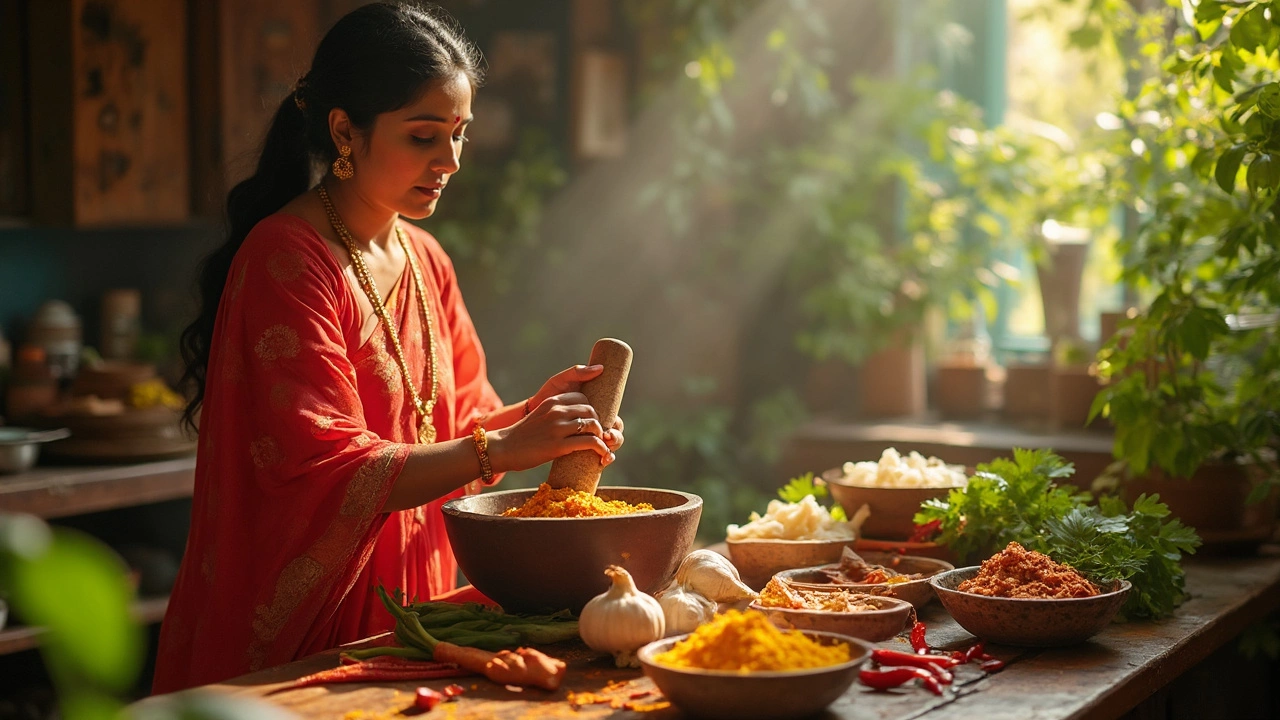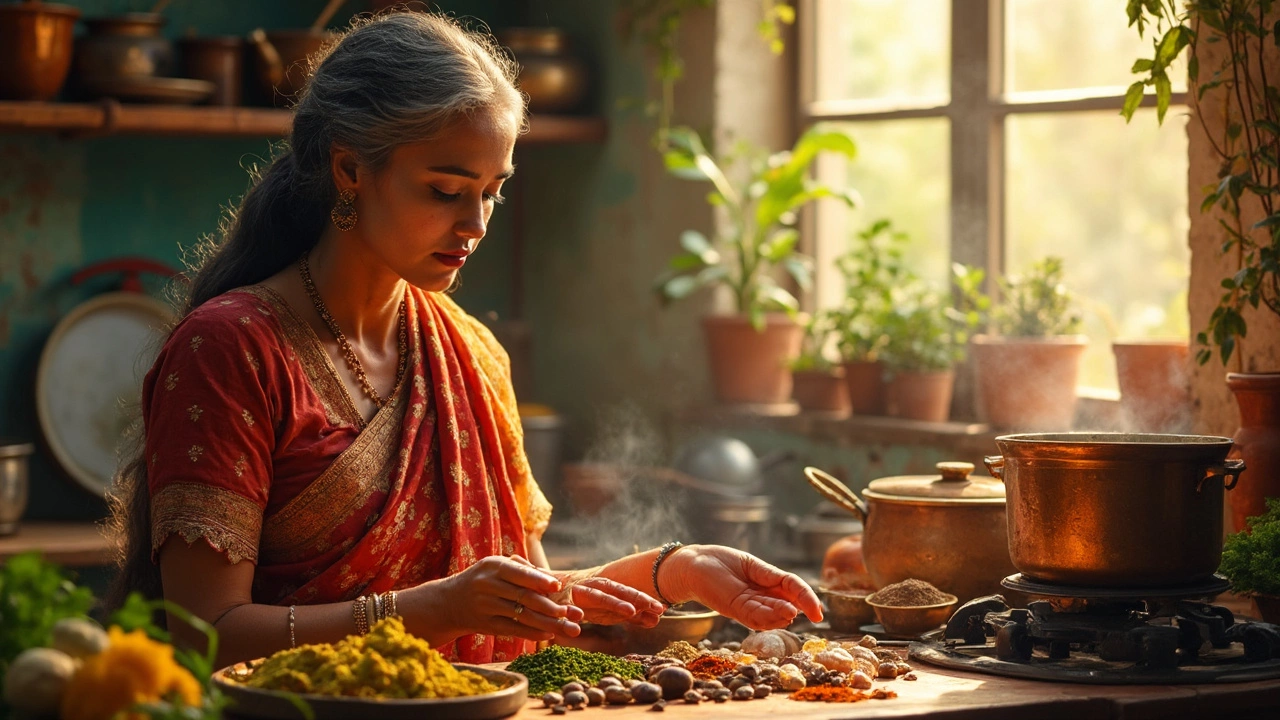Spices: The Heartbeat of Indian Cooking
When working with spices, dried plant parts that add aroma, heat, and color to dishes. Also known as masalas, they transform simple ingredients into memorable meals. Using spices correctly is the key to Indian cooking. Spices encompass flavor, aroma, and color, forming the backbone of every regional plate.
Curry, a category of dishes built around a blend of spices, herbs, and often a sauce is practically synonymous with Indian cuisine. Curry relies on a balanced mix of heat, acidity, and creaminess—turmeric gives golden hue, chilies bring heat, and coconut milk adds smoothness. Mastering a basic curry paste lets you switch proteins or vegetables without starting from scratch.
Biryani, a layered rice dish that marries long‑grain basmati with marinated meat or veggies showcases spices at their most dramatic. Biryani depends on the right spice mix, proper rice fluffiness, and precise timing. A good biryani balances fragrant saffron, aromatic cardamom, and a hint of citrus to elevate every bite.
Dal, lentils or split pulses cooked until soft, often spiced with tempering illustrates how a handful of spices can turn a humble legume into a protein‑rich staple. Whether you’re using toor, moong, or masoor, the tempering of cumin, mustard seeds, and dried red chilies brings depth that plain boiled lentils lack.
Chutney, a condiment made from fruits, herbs, or veggies blended with spices and acid proves that spices aren’t just for main courses; they can brighten a bite in seconds. A mango chutney with mustard seeds or a mint‑coriander chutney with green chilies adds a fresh, tangy kick that complements heavy dishes.
Explore Our Spice‑Focused Articles
Beyond the basics, the right storage, fresh vs. toasted spices, and regional variations can make or break a recipe. In the list below you’ll find practical tricks for biryani’s secret ingredients, how lemon brightens a rice dish, the science behind dal’s protein content, and the truth about curry’s creaminess. Dive in to see how each spice plays its part, and pick up actionable tips you can test tonight.

Tandoori Chicken: Why Is It So Tasty?
Tandoori chicken isn't just popular—it's an explosion of flavors thanks to how it's marinated, cooked, and seasoned. This article looks at what makes tandoori chicken so tasty, diving into the unique marinade and the cooking technique that brings smoky depth to every bite. You'll get handy tips for nailing the recipe at home, including how to get those signature grill marks without a tandoor oven. Loved in Indian restaurants everywhere, this dish's secret is a real mix of tradition, science, and a big punch of spice.

Is Chutney Anti-Inflammatory? The Surprising Truth Behind This Popular Condiment
Chutney often gets tossed on the plate as just an extra, but this zingy condiment can be packed with ingredients that fight inflammation. This article breaks down what goes into typical chutney recipes and why those herbs, spices, and fruits matter for your health. We’ll dig into what research says about classic chutney ingredients like ginger, turmeric, and garlic. Plus, there are easy tips on making your own anti-inflammatory chutney at home. Find out which combinations bring the most benefits when you whip up your next batch.

What Makes a Delicious Curry? The Secret to Perfect Chicken Curry
Ever wondered why some chicken curries stand out and others just fall flat? This article dives into the real reasons behind a truly delicious curry—covering everything from spice choices to cooking tricks. Get practical advice you can use at home, including simple tips to level up your next batch of chicken curry. If you’ve ever been disappointed by a bland or watery curry, these hacks will change the game. Discover how balance and technique can turn an average dish into something unforgettable.